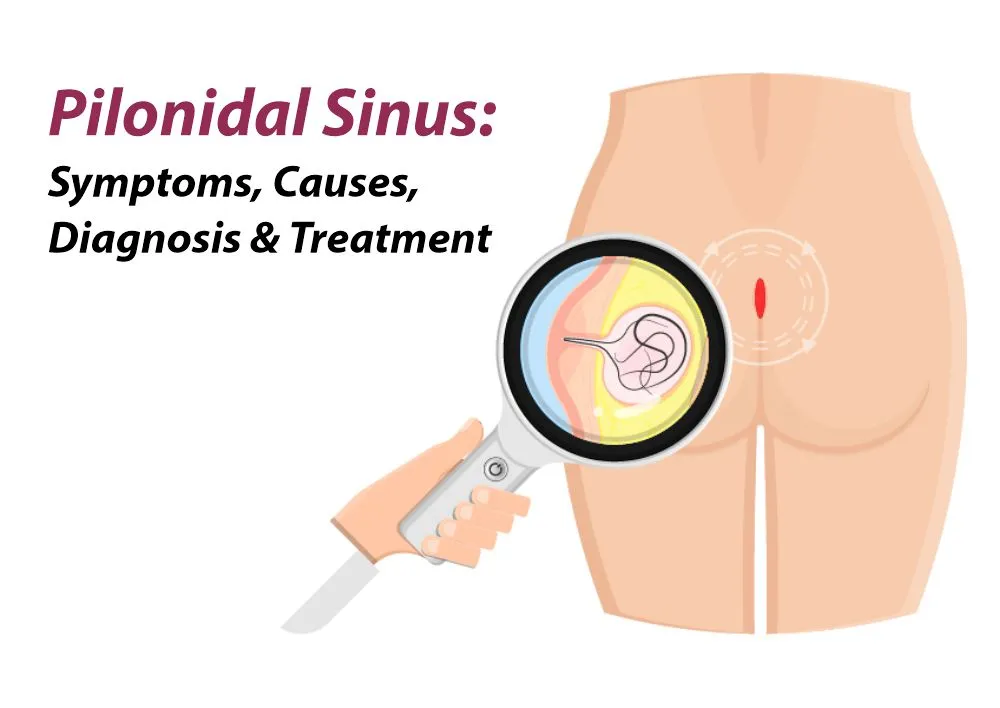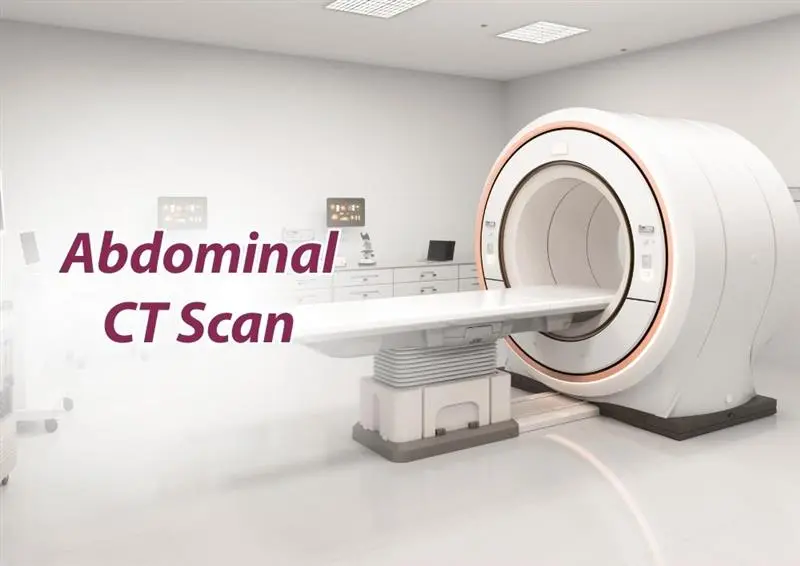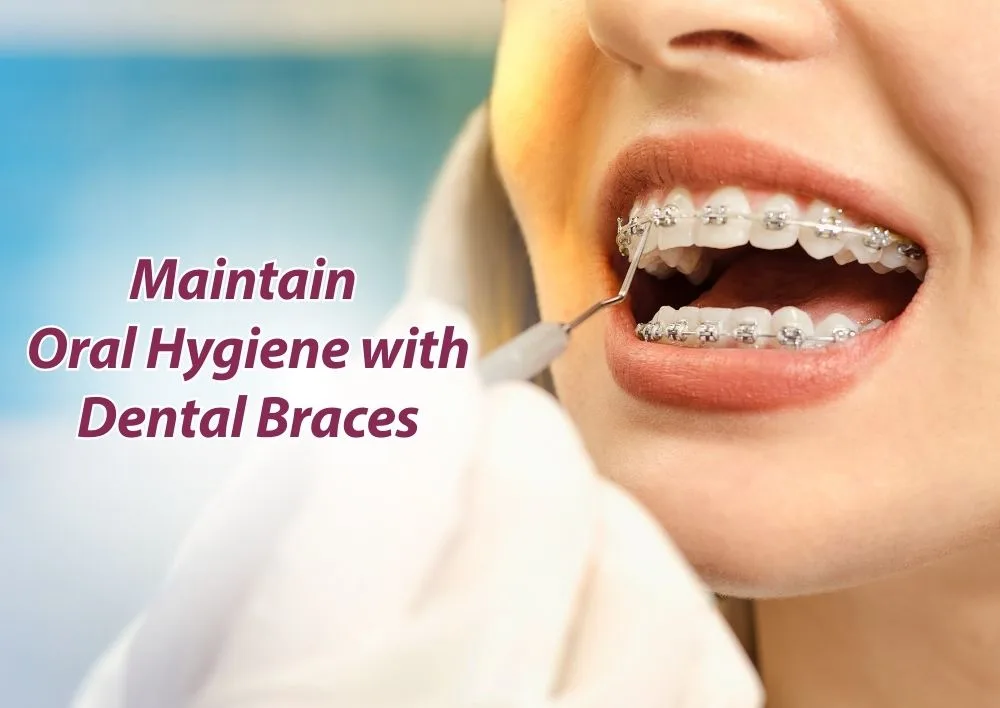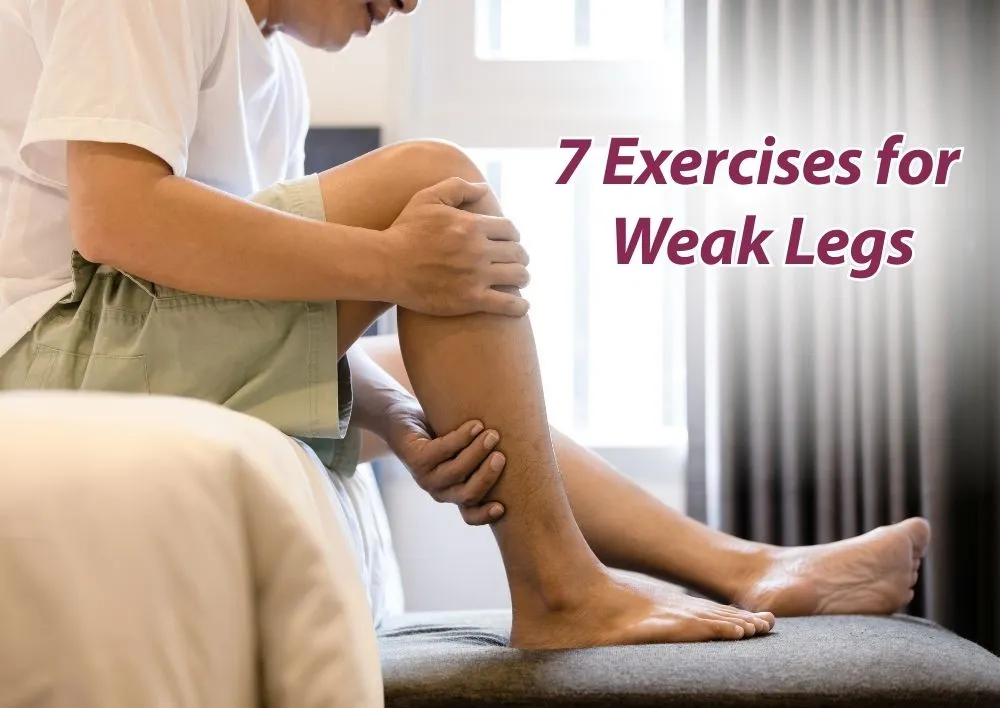Pilonidal Sinus: Symptoms, Causes, Diagnosis and Treatment
A pilonidal sinus is a small, abnormal pocket in the skin that looks like a pimple. It is located at the top of the buttocks, near the tailbone. It can easily become inflamed or infected, causing pain, discomfort, and discharge. After being infected, it can become an abscess or cyst.
If you observe any signs of pilonidal sinus, prompt consultation with experienced doctors is essential. Miracles Apollo Cradle/Spectra, as the Best Pilonidal sinus surgery hospital in Gurgaon, stands ready to provide effective and advanced treatments for Pilonidal Sinus. With a team of skilled general surgeons, state-of-the-art facilities, and a commitment to patient well-being, We ensure that you receive the best possible care.
Pilonidal sinus might sound complex. To manage it effectively, it is important to know the basics. Let's explore the pilonidal sinus symptoms, causes, how it's diagnosed, and available treatment options.
What is the Pilonidal Sinus?
The pilonidal sinus is like a small hole or tunnel that forms under the skin, generally near the tailbone. It may look like a pimple or a small dimple. It can cause tenderness, pain, swelling, and discomfort in the affected area.
What are the Types of Pilonidal Sinus?
The most common types of pilonidal sinus include:
-
Acute Pilonidal Sinus: This is one of the most common types of pilonidal sinus. It appears as a painful abscess or boils near the tailbone. Acute pilonidal sinus is characterized by redness, swelling, tenderness, pus drainage, and fever.
-
Chronic Pilonidal Sinus: This type of sinus develops from a neglected or recurrent acute sinus. It is characterized by a small dimple or pit in the skin, with intermittent discharge of pus or blood.
What are the Symptoms of Pilonidal Sinus?
At first, you may experience a small pimple or pit in the skin near the tailbone until it becomes infected. Once the pilonidal sinus becomes infected, it can cause symptoms in the affected area such as:
-
Pain
-
Tenderness
-
Swelling
-
Redness and warmth
-
Discharge of pus or blood from pimples.
-
Difficulty sitting
-
Difficulty lying down due to pain
What are the Causes of Pilonidal Sinuses?
The exact causes of pilonidal sinuses are unknown, but there are a combination of factors, including:
-
Hormonal changes: Pilonidal sinuses are more common in young adults. It is believed that it can occur due to hormonal changes during puberty.
-
Family history: If you have a family history of the pilonidal sinus, then you may be at increased risk of developing it.
-
Ingrown hairs: The ingrown(loose) hairs can puncture the skin. These hairs become embedded and trigger an inflammatory response.
-
Friction and pressure: Prolonged sitting or wearing tight clothing can rub the skin together. It creates friction and pushes hair into the skin.
What Complications are Associated with a Pilonidal Sinus?
Several complications are associated with a pilonidal sinus including:
-
Infection and abscess formation: One of the most common complications. It is experienced by up to 70% of cases of Pilonidal Sinus. When the sinus tract becomes infected, It leads to an abscess formation. Abscesses are painful, pus-filled lumps that require antibiotics or drainage.
-
Wound healing problems: After surgical removal of the pilonidal sinus. There is a risk of infection, bleeding, recurrence, and delayed healing.
-
Recurrence: Pilonidal sinuses can recur after treatment. The recurrence rate is about 10-25%. It can reoccur if their underlying risk factors are not addressed.
-
Scarring: Surgical removal of the pilonidal sinus can leave scars. The extent of scarring will vary depending on the type of surgery performed.
Additionally, in severe cases, the pilonidal sinus can cause complications such as:
-
Spreading infection: It is also known as sepsis. This life-threatening condition can occur if the infection from the pilonidal sinus spreads to the bloodstream.
-
Osteomyelitis: This is an infection of the bone, which can occur if the infection from the pilonidal sinus spreads to the tailbone.
If you have a pilonidal sinus, it is important to know about the potential complications and consult with the best Pilonidal Sinus Surgeon near you. Early diagnosis and treatment of pilonidal sinus can help prevent complications and improve long-term prognosis.
How is Pilonidal Sinus Diagnosed?
The diagnosis of pilonidal sinus involves different steps including:
-
Medical History: Your doctor will ask about your symptoms, past medical history, and family history.
-
Clinical Examination: The doctor will inspect the area around your tailbone. They may gently press on the area to check for tenderness, swelling, pain, and discharge.
-
Imaging (if necessary): In most cases, a diagnosis is made based on the physical examination. However, in some cases, the doctor may order imaging procedures such as ultrasound or MRI to get a clearer picture of the sinus tract.
How can the Pilonidal Sinus be Treated?
Several treatment options are available to treat the pilonidal sinus depending on its severity.
The treatment options include:
-
Warm Compresses: Applying warm compresses to an affected area can help reduce pain and promote drainage.
-
Lifestyle Modifications: Lifestyle modification can help prevent the recurrence and reduce the severity. Try sitting on a cushion and avoid prolonged sitting.
-
Antibiotics: In case of an infection, your doctor may prescribe antibiotics.
-
Incision and Drainage: In severe cases, a small surgical procedure may be needed to drain the pus.
-
Laser Surgery For Pilonidal Sinus: It is a minimally invasive procedure that uses a laser beam to remove the infected tissue and close the wound.
How can the Pilonidal Sinus be Prevented?
You can prevent pilonidal sinus from developing and recurrence with:
-
Maintain Good Hygiene: Keep the buttock area clean and dry to prevent infections.
-
Avoid Prolonged Sitting: If you have a desk job, it's important to take a routine break to reduce pressure on the tailbone.
-
Regular Hair Removal: If you are prone to pilonidal sinus. It is important to consider regular hair removal in the affected area.
Conclusion:
Pilonidal Sinus can be painful and discomforting. Understanding it is important for early detection and proper treatment. If you experience the discomfort of Pilonidal sinus, don't hesitate to consult the best doctors for Pilonidal Sinus Treatment near you. Timely detection and recommended treatment can go a long way in managing this condition and pain-free life.
Miracles Healthcare is the leading general surgery hospital in Gurgaon, well-known for providing treatments for pilonidal sinus. We house the best general surgeon in Gurgaon, who have years of experience in delivering acute and chronic anal fissure treatment with a high success rate. We are well-equipped with state-of-the-art facilities required to perform advanced surgeries. Our surgeons thoroughly understand the health condition of the patients to decide the best possible treatment plan.
Miracles Healthcare offers comprehensive healthcare services through multiple facilities: Miracles Apollo Cradle, Miracles Apollo Cradle/Spectra, Miracles Fertility & IVF Clinic, and Miracles Mediclinic. Our facilities are located in Sec 14, Sec 56, and Sec 82, making daily healthcare more convenient for the people of Gurgaon.
Don't let the Pilonidal Sinus disrupt your life. Seek timely treatment and live a life free from pain and discomfort. Feel free to call us to schedule your appointment with our expert general surgery doctor near you.














Was the information useful?
0 0